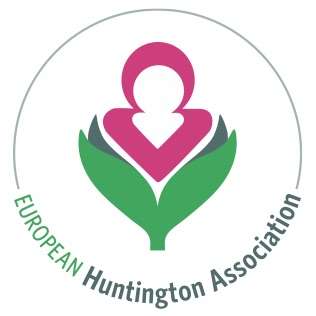The HEATED Project’s main aim is to ensure equal access to Huntington’s disease drugs by identifying barriers and overcoming them. The task force is therefore calling for more people to get involved.
The HEATED Project is a task force under European Huntington’s Disease Network (EHDN). Their main objective is to ensure equal access to drugs by identifying barriers and overcoming them. Hence the name HEATED: Huntington’s Equal Access To Effective Drugs Project.
At the moment, there are a lot of promising research being carried out with potential Huntington’s disease drugs. As soon as any effective drugs are licensed by the appropriate bodies, those who would benefit from the drug should have access to it.
Learn more: Short introduction to ongoing drug development
However, ensuring equal access requires a lot of work.
Bring treatment to everyone
About 9 months ago the HEATED Project was therefore established. The task force is chaired by Professor Hugh Rickards at the University of Birmingham.
During the Virtual Bridging event 11th of September, Hugh gave a talk about the project and access to drugs. He underlined that drug development is only one part of the process. Another, as important one, is ensuring access for everyone.

He quoted geneticist Nancy Wexler who discovered the location of the Huntington gene through samples from Venezuelans:
– The ultimate challenge will be to bring safe, effective and affordable treatment not only to patients in North America and Europe but also to patients with Huntington’s disease throughout the world. For those in Venezuela who donated the samples that made this promising approach possible, the treatment should be free.
How do we get drugs to people?
After carrying out multiple studies – first in the laboratory, then with rodents, followed by non-human primates – in-human trials will start. After Phase I, Phase II and Phase III trials, we will know whether a drug is safe and whether it actually works.
If the drug is proven both effective and safe, the process of getting it to people starts.
This process follows three steps: approval, paying the bills and distribute the drug.
Approval
In Europe, a new drug has to be licensed by the European Medicines Agency. Here, the agency will look at whether the drug is safe and if it works.
– On the whole, I discovered that’s a fairly low barrier if you consider the drugs that have been licensed over the last 30-40 years, Hugh Rickards said during his talk at EHDN.
Paying the bills
However, after being licensed, someone has to pay for the drug – and it’s not going to be cheap. A balancing of costs and benefits is therefore done by authorities:
On the opposite side of medication costs, are the costs of having no treatment. Even though a drug may be expensive, not having a drug is expensive as well. As the disease progresses, countries will lose tax contributions, provide nursing homes, etc.
All these aspects should be taken into consideration when considering whether to pay for a drug or not.

In addition to the balancing of costs, the main factors people use to decide whether or not systems are going to pay for drugs, are according to Hugh Rickards: 1) How much longer is one going to live by taking the drug? and 2) What sort of extra quality of life is there?
An essential aspect here is how quality of life is measured in people with Huntington’s disease:
– In these terms I don’t think we’re doing well as a community. Not only do we not know how to measure quality of life very well, we don’t know what the qualities of a good quality of a life scale are and what the methodology should be for working them out, Rickards stated.
The first main barrier therefore seems to develop good quality of life measures tailored to people living with Huntington’s disease.
Distribution
Lastly, if we can pay the bills, we need people who can give the drug.
Some of the drugs currently being tested for Huntington’s disease are administered via injection into the spinal canal – so-called intrathecal administration – which require expertise and the right equipment.
The current capacity is a big barrier: – At the moment we have to expand the capacity to give particularly intrathecal drugs, Rickards said.
– So, we got a lot of work to do.
What is to be done?
– That’s the primary question, according to Rickards.
For the HEATED Project there are a few things: figure out how common Huntington’s disease actually is, what a good quality of life measurement looks like, how to best calculate costs/burdens at all levels, work with companies and health payers, and lastly figure out the current capacity in delivering drugs and increasing that capacity.
– It’s a wakeup call for everybody, Rickards said.
The HEATED Project is a small group and they don’t have everything sorted. Rickards therefore called for everyone to get involved:
– I want you to go away and think how you can address the barriers yourself in your country.
– Then the HEATED group can help you and steer you in the right direction.
You can contact the HEATED Project and Hugh Rickards here: hugh.rickards@nhs.net
Watch Hugh Rickards presentation here (from 12:00 onwards):
You can contact the HEATED Project and Hugh Rickards here: hugh.rickards@nhs.net
